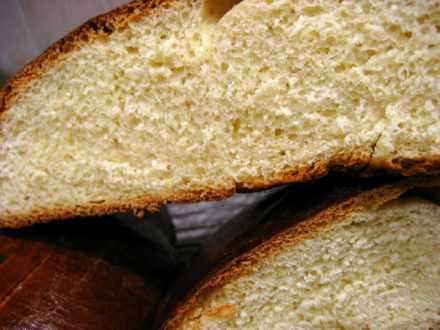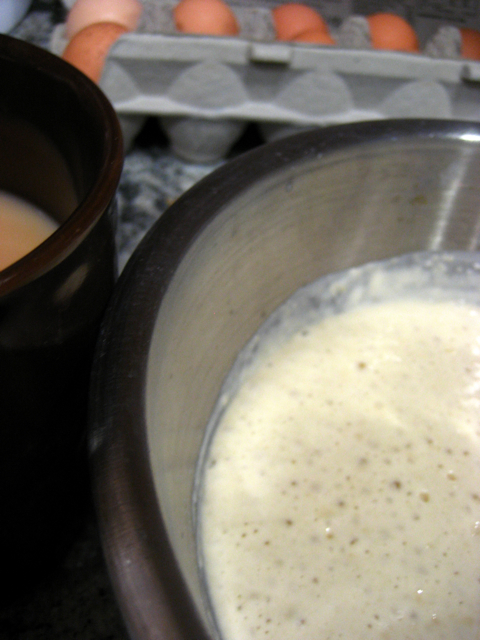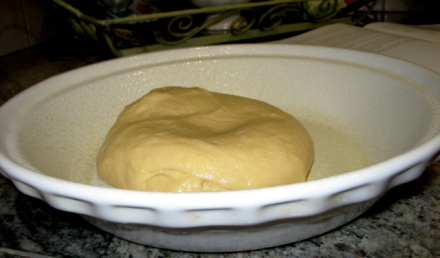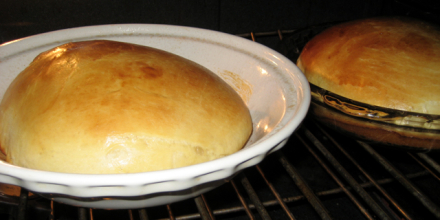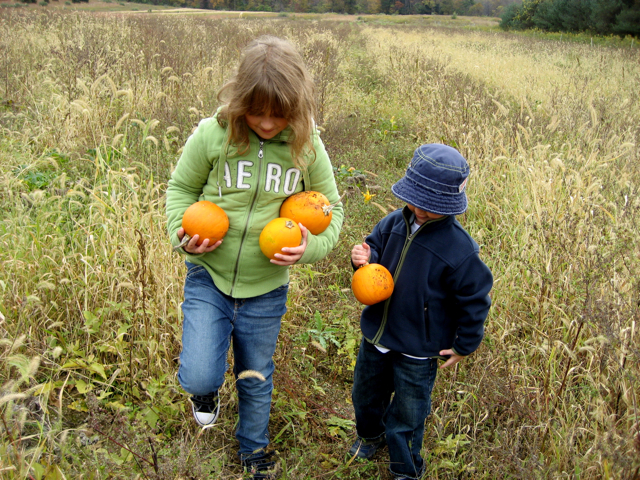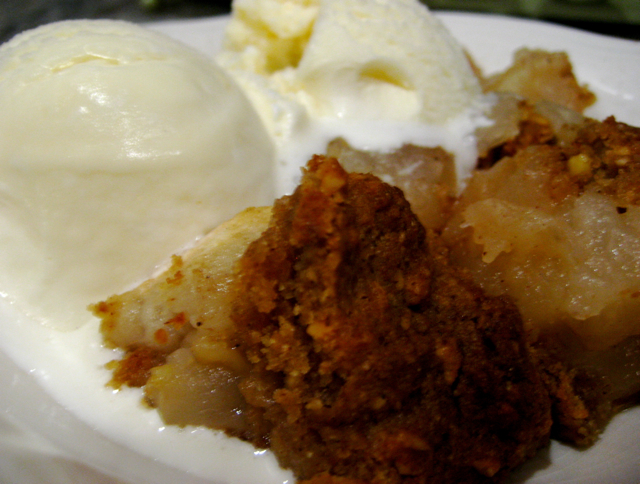Pain de Campagne
 Sunday, January 17, 2010 at 10:34PM
Sunday, January 17, 2010 at 10:34PM 
The story of the Pain de Campagne really begins during my second attempt at Portuguese Sweet Bread. Trying desperately to get that recipe right, I learned several lessons about bread baking. One of those is that you are going to have to get your hands dirty.
I started this BBA Challenge so excited to finally have a use for the dough hook attachment that came with my stand mixer. Apartment dwellers know that a kitchen gadget must prove itself worthy to occupy its valuable real estate on any shelf, in any drawer. And I have been renewing the lease, giving the dough hook the benefit of the doubt, for many years now. Many times I have questioned my decision to let it stay on without getting much in return. I began to hope that these exercises with yeast dough would give the hook an opportunity to prove true my optimism about its potential.
But at the heart of a successful loaf of bread, like so much else in life, is a relationship. When your dough is building its primary relationship with a mechanical hook, things may not turn out well.
I was just reading Peter Reinhardt’s description of a notable Parisian baker. When baking sourdough miche in Lionel Polâine’s shop, each apprentice is responsible for seeing his loaves through the entire process, “mixing and baking as well as stacking his own firewood and stoking his own fire.” The baker and his bread are in this together.
You cannot really know what is going on with your dough unless you push up your sleeves and introduce yourself. I may have been more free to multitask with my dough flopping away awkwardly in the Kitchen Aid, but I have also been too distant from the bread, more concerned with the recipe's instructions than with the actual dough. It is while you are kneading that you begin to know the dough, to see how it responds to you, to discern what it needs.
I have now begun to knead by hand.

When my hands press into the yeasty mass, I begin to experience a cross between the maternal-umbilical-fetal bond and a science-fiction, Jedi-Avatar, mind-body transformation.
I am the dough and the dough is I.
Ok. That is taking it a little bit far, but now that I am kneading by hand it is true that I have much more information as I work through the process of each recipe. Kneading the Pain de Campagne, I could feel the dough begin to spring back against my force and I knew that the gluten strands were beginning to grow.
But I could also tell that those gluten strands were not as developed as they should be when the timer went off to signal the end of the kneading time. So I kneaded a little longer until, ladies and gentlemen, I had WINDOW PANE! As I stretched the dough, it did not break but instead held tight until only a thin film remained, letting light pass through. The "window pane test" is the SAT for yeast dough readiness and I had never achieved it as clearly as I did here.

As you can see, this bread has a small amount of whole-wheat flour, which gives it a slightly sandy texture and makes it a little dense. But it also gives it that wonderful multi-grain nuttiness and a hearty texture. Pain de Campagne has been a big hit over here. WJ immediately began to refer to these loaves as “your famous bread." As in, “Mommy, can I have a slice of your famous bread with some apple butter? No, I think I just want it plain.”

Not much is gained, I am confirming again and again, when you try to do things the quick and easy way. Even with the dough, you have to put in the time, the communication, the bonding.
Too far again. I know.
 Emily |
Emily |  4 Comments |
4 Comments |  Baking
Baking 









